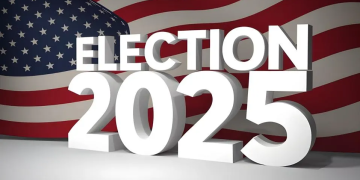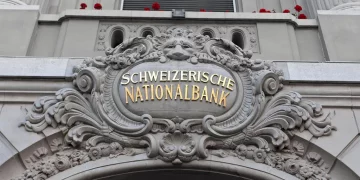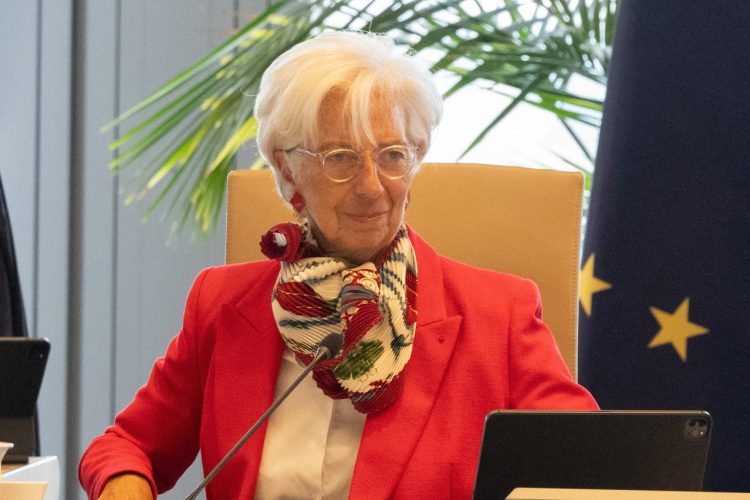Back in 2022, central banks around the world were united by a single mission: fight inflation at all costs. Fast forward to mid-2025, and that unified front has splintered into a patchwork of diverging strategies. The global economy has changed, but not necessarily in ways that make the central banks’ job easier. If anything, the world’s top monetary authorities are discovering just how hard it is to juggle conflicting pressures — stubborn inflation on one hand, and decelerating economic growth on the other.
Nowhere is this dilemma more visible than in the difference between how the Federal Reserve, the European Central Bank (ECB), and the monetary authorities in major emerging markets are reacting to today’s complex environment. In the U.S., the Fed is keeping interest rates relatively high and has signaled it won’t rush to cut them even as growth slows. Over in Europe, the ECB has already pivoted to rate cuts, hoping to prevent stagnation. Meanwhile, central banks in countries like Brazil, India, and South Africa are stuck reacting to the fallout from trade tensions, currency instability, and rising import prices — often with fewer tools at their disposal.
What’s driving these different choices? For the Fed, inflation has cooled from its 2022 peak but remains above its 2% target. Labor markets are tight, wages are still rising, and services inflation is proving stickier than anticipated. The central bank doesn’t want to repeat the mistake of declaring victory too soon. So despite market hopes for rate cuts, policymakers are signaling patience. The concern is that cutting too early could fuel another wave of price increases, especially as energy prices and global supply chains face fresh shocks from trade disruptions.
The ECB, on the other hand, is confronting a different set of risks. Inflation in the eurozone has slowed more decisively, and growth has been tepid at best. Germany, its largest economy, is skirting recession, and business confidence across the bloc is fragile. The ECB began cutting rates in mid-2025, becoming the first major central bank to ease policy in this cycle. But it’s far from an aggressive pivot — officials have repeatedly described their stance as “neutral” rather than stimulative, mindful of the need to maintain inflation credibility.
Then there are the emerging markets. Their challenge is arguably the most complex. As the U.S. dollar fluctuates and global capital flows become more volatile, countries from Latin America to Southeast Asia are navigating a precarious balance. On one side, they need to support economic growth and employment. On the other, they have to guard against capital flight, currency depreciation, and imported inflation. Many of these central banks were early to raise rates back in 2021 and 2022, but with inflation still being pushed around by external shocks — including tariff-related cost increases and commodity price volatility — they can’t afford to relax too quickly.
If this wasn’t difficult enough, a growing number of economists are warning that the global economy may be slipping into a form of stagflation — a toxic blend of slow growth and persistent inflation that defies conventional monetary policy. Bond markets are picking up on these signals. Yields have been climbing again in 2025, not necessarily because investors see a robust economy, but because they are demanding higher compensation to hold debt in a world of sticky inflation and growing fiscal risks.
Top investment strategists are sounding the alarm. At Apollo, economist Torsten Sløk recently noted that new tariffs, particularly those tied to U.S. election-year politics, are reigniting cost pressures across supply chains. “Tariffs, by definition, raise prices and reduce growth. That’s stagflation,” he said bluntly. JPMorgan’s latest survey of institutional investors showed a rising number of fund managers believe inflation will remain elevated, even if the economy slows — a marked shift from last year, when most expected a clean disinflationary path.

This tension is playing out dramatically in bond markets. In the U.S., yields on 10-year and 30-year Treasurys have surged in recent months. Investors are demanding higher returns, not only because they expect interest rates to stay high for longer, but also due to concerns about the government’s swelling deficits and debt levels. The Congressional Budget Office projects federal debt will exceed 120% of GDP within a decade, and both parties are proposing major fiscal expansions, from tax cuts to infrastructure spending. That raises the specter of fiscal dominance — where central banks are pressured, directly or indirectly, to accommodate government borrowing needs, even if it conflicts with inflation control.
It’s not just a theoretical risk. Some analysts argue we’re already seeing early signs of it. Central banks may be hesitant to raise rates further not because inflation is under control, but because doing so would raise interest costs on trillions in government debt. In the emerging markets, where debt is often denominated in foreign currencies, these pressures are even more acute. Higher rates can stabilize inflation but may trigger debt servicing crises or capital flight.
The result is a policy stalemate. Central banks can’t raise rates aggressively without tanking growth or exacerbating fiscal stress. But cutting too soon could let inflation reaccelerate, especially in a world where trade tensions, energy transitions, and geopolitical instability continue to throw off old economic models.
That’s where geopolitics enters the picture. In 2025, economic policymaking doesn’t exist in a vacuum. U.S.-China tensions have escalated, with new rounds of tariffs and export controls affecting everything from green energy to semiconductors. The reshoring of supply chains is creating both inflationary pressure and regional opportunity. In Europe, energy dependence and defense spending are reshaping budget priorities. In emerging markets, countries are being forced to choose between aligning with Western or Eastern trade blocs — decisions that carry not just political implications but monetary consequences.
Currency markets are reflecting all of this turbulence. The dollar has been volatile, sometimes falling on Fed pause signals, only to rise again on safe-haven demand. The euro gained ground after the ECB’s cut, suggesting that markets view the move as supportive of future stability. Emerging market currencies, meanwhile, remain under pressure — sensitive to every rate differential shift, trade announcement, or commodity shock.
For investors, this environment is treacherous. Traditional portfolio strategies, like the classic 60/40 stock-bond mix, are underperforming. Bonds have lost their cushioning role as rates rise, and equities are vulnerable to both earnings downgrades and multiple compression. Real assets like commodities and infrastructure are gaining renewed interest, as are inflation-protected securities and cash-like instruments. In a world where inflation and growth are no longer moving in predictable tandem, flexibility and risk management matter more than ever.
So, what can central banks do? Not much, unless fiscal and trade policies begin to cooperate. Economists across the ideological spectrum are calling for more coordination between monetary and fiscal authorities — not just within countries, but across them. That means governments should avoid abrupt shifts in tax and tariff policy, reduce structural deficits, and invest in supply-side reforms that boost productivity without overheating demand. Monetary policy alone can’t resolve global price instability if geopolitics and government spending are pulling in opposite directions.
The global economy is not in crisis — not yet. But it is clearly in a transitional phase, one marked by higher structural inflation, slower potential growth, and more fragmented global trade. In this world, central banks are no longer the sole drivers of economic direction. Their credibility still matters, but so does policy consistency, fiscal discipline, and international cooperation. Until those elements come into better alignment, the struggle to balance inflation and growth will continue — and markets will remain on edge.














































